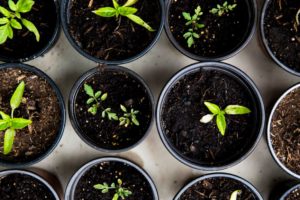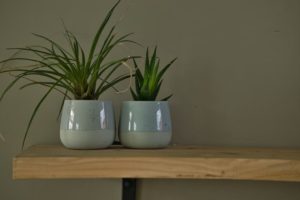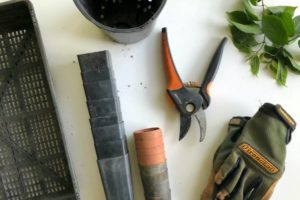
(Photo Source: architecturaldigest.com)
It’s a popular plant, ideal for the bathroom
Ficus Benjamina, also known as weeping fig, is one of the most popular houseplants. The swaying branches, birchlike coat, and delicate, glossy leaves, as well as low maintenance, make this plant so desirable. If you’re adding it to your home garden, here’s what you need to know.
Make sure you have a spot with either uninterrupted sun or lots of bright, indirect light to display your ficus. Ficus trees thrive in high-humidity environments, making them a great candidate for a bathroom. A sunshiny spot will help your ficus grow extra quickly but will also cause the plant to use more water and dry out more frequently. Be sure to keep an eye on soil moisture while your plant adapts into your space. Choose a spot where temperatures at night don’t drop below the high 60s.
If your plant is in a large pot, be sure that the whole root ball is getting moistened well when you water. Feed your ficus with a houseplant compost every six months. Yellowing leaves or leaf drop are typically caused by underfeeding. Feed the plant during the active growth period in summer, and you’ll see new leaves appear, and branches grow during this time.
Give your beloved plant a bath every once in a while. Remove the dust wit warm, soapy water then rinse with plain water. You can do it in the shower, it’s less messy, and you’ll remove all the soap from the glossy leaves.
Using disinfected instruments, prune the ficus to keep its miniature size and to shape the canopy. Late winter to early spring, just before new growth emerges, is the ideal type to prune, by using small pruning shears. Make incisions on branches just above a leaf node or a branching stem. New growth will arise from below the cut. Prune out lifeless branches any time through the year. Cut just outside the branch collar to avoid hurting the trunk.







